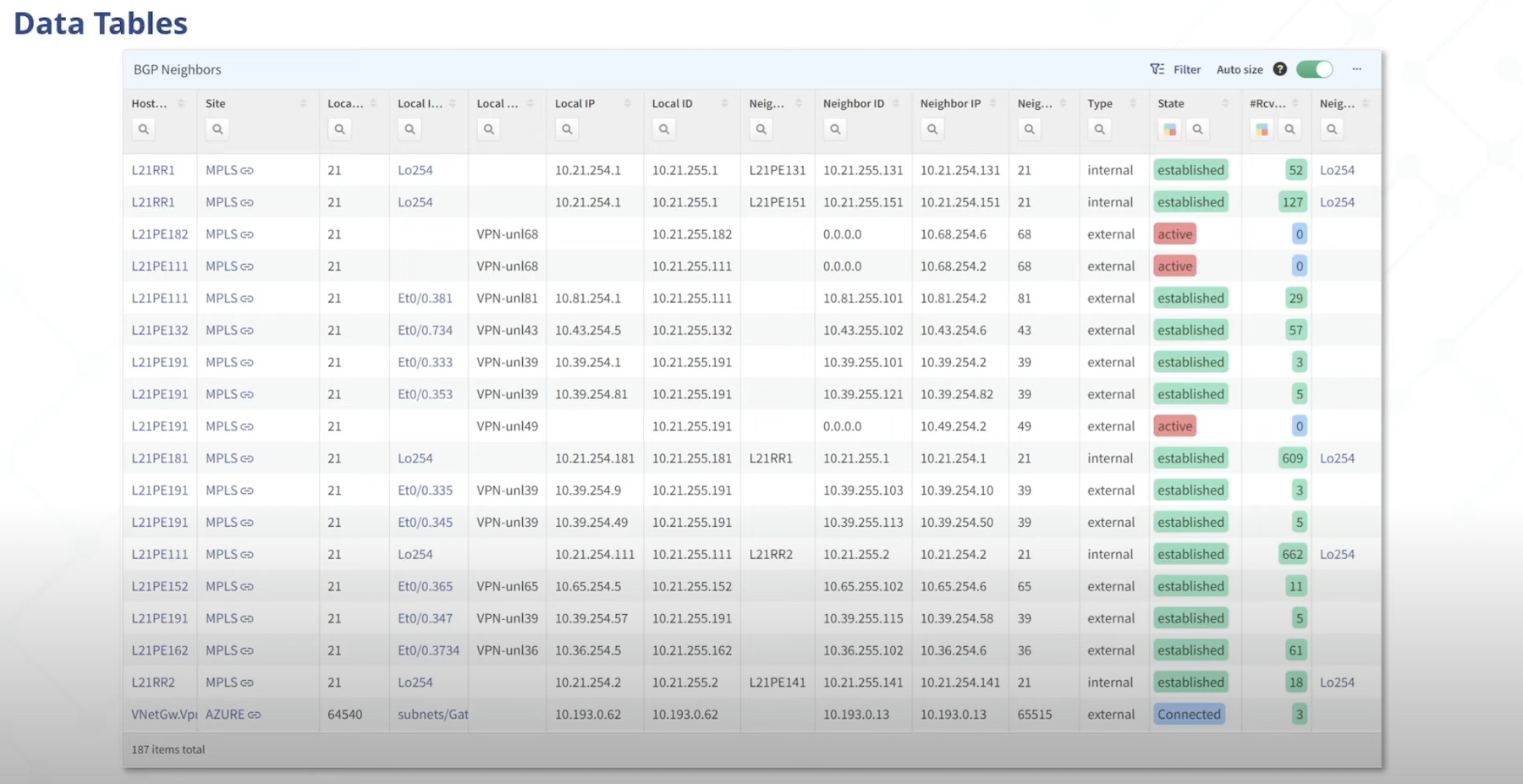Back in my former VAR life, I was always amazed at the solutions that we could come up with the right underlying technology. One of my favorites was the school district that bought two SANs and decided they were going to use them as a failover solution. How could they manage that? Well, as it turned out the two sites that were failover partners for each other were on opposite sides of a river. Fed by different electric companies with different service providers. But the district had run high-speed fiber directly between the two sites, so they had fast networking that enabled the SANs to replicate between each other. This meant that those two district sites were likely not going to be affected by outages. This means they could have the underlay necessary for the low latency needed to make the SANs replication targets.

Technology enables us to do all kinds of crazy things. I look back fondly on those days over ten years ago and I think about how unnecessary it is now because of things like the cloud. But I also realize that the cloud makes some things easy and some other things hard. Sure, I can spend a lot of time building a resilient data center with redundancy. Or I could just let Amazon and Microsoft build it for me. But if I go down that road, I now have to worry about things like availability zones and global outages. I also have to worry about egress costs to get my data out of the cloud and how hard it is to migrate from one location to another. It would be nice if there was some kind of high-speed underlay solution that enabled me to scale up and out no matter which cloud I wanted to be in and get out of it and move data around when I needed it to go somewhere.
Arrcus In The Clouds
As you’ve probably guessed, there are solutions to this very problem. The newest one is from our friends at Arrcus. I’ve talked to them before about their ArcOS software platform and their hardware releases that are building cloud-scale routing networks for hyperscale providers. Their latest announcement delves into the world of cloud on a larger scale.
Arrcus has announced a new initiative for multi-cloud networking for its customers. Building on the ArcOS model, you can now instantiate a network that carries data from on-premises data centers to Amazon, Microsoft, and Google cloud providers. Their solution, built on tried-and-true software, solves a number of enterprise issues with multi-cloud deployments, including hairpinned traffic to a traditional data center that can impact application performance. They also address issues with scaling using existing protocols and hardware devices.
Arrcus built ArcOS to scale as big as the cloud needed. And because it doesn’t have the technical debt of existing solutions, it doesn’t have to worry about creating performance impacts on applications that live and die by millisecond response times. To say nothing of the complexities of what it takes to factor modern software for the cloud!
From my discussions with Devesh Garg and Sree Kannan, I can see that Arrcus is building a high-speed network fabric that enables multi-cloud support across the board. You no longer have to worry about how your data is going to move from AWS to Azure and back again. Arrcus can transport the data wherever you need it. Maybe you need to pull it back to a traditional data center? Arrcus has got you covered there too, since ArcEdge devices can live in any network and be a part of any configuration. Do you need hub-and-spoke connectivity? Full mesh? Some partial combination of those? Again, the flexibility of the ArcOS platform and high-speed hardware means that Arrcus has you covered as well.
Bringing It All Together

The vision for Arrcus is simple in my mind. The more exit nodes they have in the fabric, the faster they can move packets. The better the performance of their cloud networking fabric, the happier their customers will be. And the larger their network grows and the bigger and more complicated challenges that it solves, the better it will be for all users of their solutions. It’s what fabric networking was built for. We didn’t get to see fabrics develop into their full potential because the shift to the cloud came right on the heels of what they could deliver. With a cloud-native solution like Arrcus waiting to prove how fast and reliable you can make your network, it’s just a matter of time before a cloud fabric is the standard way to do things.
For more information on Arrcus, ArcOS, and their new multi-cloud networking solutions, make sure you visit http://Arrcus.com.




